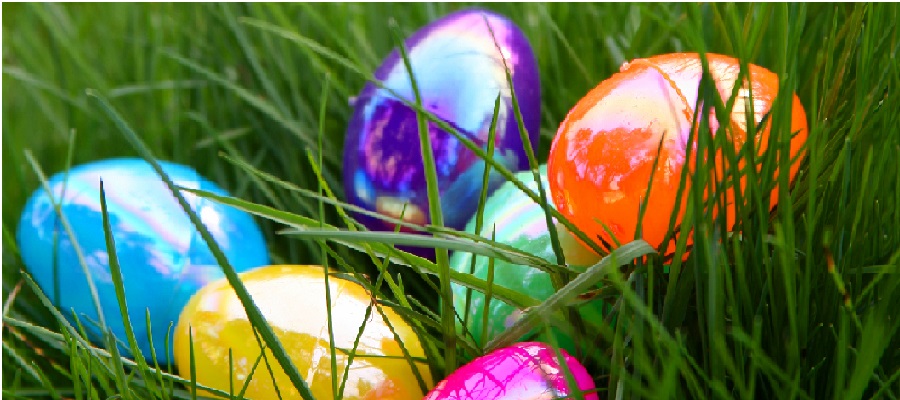The way some holiday customs and traditions translate across different cultures varies from place to place. The further apart two different cultures are, the bigger the differences in ways the people celebrate them.
Easter traditions as we know them, for example, may sound a little strange to the American people. And theirs might sound strange to us. Our traditions, I believe, would be definitely more difficult to practice in the US than theirs in Slovakia or the Czech Republic. Probably not many American people would quite understand guys going from door to door, throwing buckets1 of water at women and girls, spraying perfumes on them or beating them with whips2 and then expecting to be rewarded with Easter eggs, food, drinks and even money. However symbolic and meaningful these actions may be to our cultures, they don’t translate quite the same into a different one.
It works the other way around, too. How much sense does it make if you consider that a rabbit – the Easter Bunny3 – brings Easter baskets filled with sweet treats or toys, and hides colored eggs and plastic eggs filled with chocolate or candy treats around your yard? Yet, letting kids enjoy an Easter egg hunt in your back yard or at a park seems more doable4 than showing up at your neighbor’s doorstep with a bucket full of water…
The funny thing, however, is that the concept of the Easter Bunny has its origins in Germany. It was first mentioned in German writings as a symbol of Easter in the 1600s. It was introduced to America by the German immigrants in the Pennsylvania Dutch area in the 18th century. In the German and Amish legends, the Easter Bunny is a hare5, not a rabbit, and it brings gifts of colored eggs or baskets to good children.
At any rate, and that goes for both cultures, eggs are unmistakably an icon of Easter. They are, as well as hares and rabbits, a symbol of fertility6. Here in America, just like in Slovakia and the Czech Republic, you can buy egg coloring kits and stickers for the basic and most common way of coloring Easter eggs. My children have been enjoying this activity over the years. Dipping hard-boiled eggs into jars of colored water and decorating them with stickers has certainly become one of our family’s Easter traditions. When they get older, we might even try to be more creative and create more delicate Easter eggs. For now, though, colored hard boiled eggs are satisfying their needs and on a par7 with their artistic abilities.
The most popular and beloved Easter activity, however, is the Easter egg hunt. For this we use plastic Easter eggs that can be filled with little chocolate eggs, or candy, or even small toys. Then we hide them around the yard (weather permitting) or throughout our house and have the children look for them. My four- year-old daughter enjoys this game so much that we play it year round, almost every day just for fun. She calls it the “hide the eggs” game, and she equally enjoys hiding them for us as she loves finding them. In fact, she gets so excited that she will lead us to the hiding places and give them away before we get a chance to look for them ourselves.
Easter egg hunts are often organized by churches, clubs, and different organizations and associations and can take place virtually anywhere. Friends and families also get together for Easter parties and organized egg hunts.
As far as the food goes, in general, the most typical Easter feast includes a leg of lamb or a roast of some kind.
Americans do not always get Good Friday8 or Easter Monday off, like we do, but most people do get one of the two days off, depending on what part of the U.S. they live in. All the celebrations and gatherings take place on Sunday.
Activities:
- Can you think of a possible explanation for the fact that the Easter Bunny is believed to lay eggs? (Hint: there must have been certain confusion at one point, when people thought they were finding eggs in hares’ forms (nest like formations found on the ground)…)
- Think and talk about our Easter folklore traditions and pick one that you would try to keep alive if you were to move to a foreign country with different traditions.
Adriana Evans
1 vedro – vědro; 2 korbáč – pomlázka (bič); 3 králik, králiček – králík, králíček; 4 splniteľný, uskutočniteľný – splnitelný, uskutečnitelný; 5 zajac – zajíc; 6 plodnosť – plodnost; 7 byť na rovnakej úrovni – být na stejné úrovni; 8 Veľký Piatok – Velký Pátek

